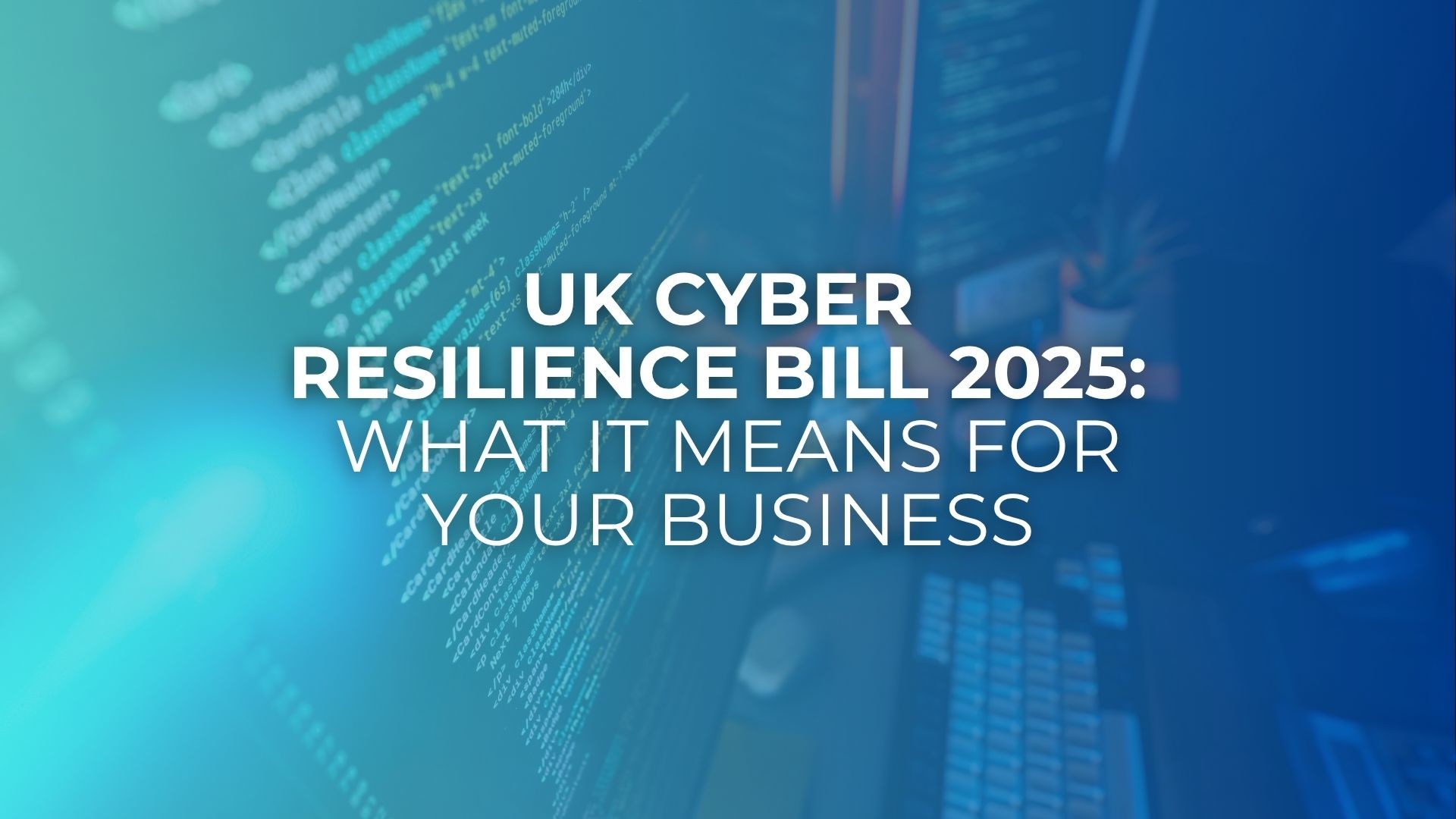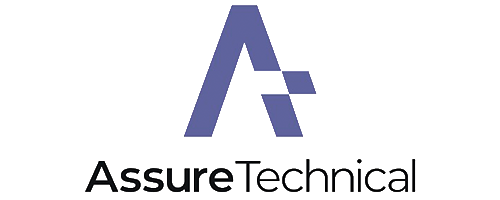The UK Cyber Resilience Bill 2025 had it’s first reading in Parliament on 12th November 2025, and the direction is clear.
The government is introducing laws to strengthen the UK’s cyber defences for essential services and their supply chains. This shift matters for every organisation – even those not traditionally classed as “critical”.
For businesses across the country, it means a new level of urgency and accountability. Reporting obligations shorten, scope widens, and supplier risk gets direct scrutiny. Yet with these changes comes opportunity: to embed stronger resilience, lower business interruption and build competitive trust.
Why this legislation matters right now
Cyber threats are evolving rapidly. From ransomware hitting hospitals to supply chain attacks that ripple through hundreds of firms, the risk landscape is systemic. The government cites research showing a cyber-attack now costs the UK economy about £14.7 billion per year, equivalent to 0.5 % of GDP.
In addition, the Office for Budget Responsibility (OBR) warns that a major attack on critical infrastructure could raise borrowing by over £30 billion, roughly 1.1 % of GDP.
With that context, the Bill is no longer just a regulatory update – it’s a resilience imperative for the UK’s economy, services and digital future.
What the Bill introduces: sharper expectations
Widened scope
From today, the Bill covers more than just traditional critical-infrastructure operators. It extends to medium and large organisations that offer IT management, help-desk support or cyber-security services to public or private sector clients. Data centres and service providers with “trusted access” are now within the regulatory frame.
Faster incident-reporting
Organisations in scope must report significant or potentially significant cyber incidents within 24 hours, and follow up with a full investigation and report within 72 hours. This includes notifying customers and regulators when you handle critical systems or data.
Regulators with stronger powers
Regulators may now designate “critical suppliers” that feed into essential services (for example, a healthcare diagnostics provider supporting the NHS, or a chemicals supplier for a water company). Those suppliers must meet minimum security requirements to shut down supply-chain gaps.
Modernised enforcement
Tougher and turnover-based penalties will apply to serious breaches. The message is clear: cutting corners will no longer be cheaper than doing the right thing.
Government intervention in real-time
The Secretary of State will have powers to order regulators and the organisations they oversee (e.g. hospitals, utilities) to take “specific, proportionate steps” to prevent cyber-attacks where national security is at risk. That could mean isolating systems or stepping up monitoring.
What this means for your business
Supply chain risk becomes enterprise risk
If you provide services, platforms or support to an essential service provider, your role now carries regulatory weight. The Bill explicitly brings these relationships under oversight. That means you must map who has privileged access to vital systems, align contract clauses to security controls, and manage your own vulnerabilities.
Prepare for rapid response and transparent communication
The 24 / 72-hour timeline requires swift, accurate action. That means establishing triage protocols, evidence-capture workflows, pre-drafting customer-notification templates, and agreeing on data-sharing with regulators in advance. When seconds matter, you cannot afford uncertainty.
Data-centre and service-platform dependencies matter more
If your business depends on a specific data centre, cloud region or managed-service provider, you’re exposed. The Bill now brings data centres into scope and emphasises systems that manage things like smart EV charging or grid flow. You must assess whether your recovery and resilience objectives align with those of your vendor.
Security control frameworks must evolve
Minimum security standards under the UK Cyber Resilience Bill 2025 won’t appear from nowhere.
They’ll build on trusted national frameworks already endorsed by the government and the National Cyber Security Centre (NCSC).
These include:
- The Cyber Assessment Framework (CAF) – the model used by UK regulators under the NIS Regulations to test essential-service security. It covers governance, risk management, asset protection, resilience and supply-chain assurance.
- NCSC 10 Steps to Cyber Security – a practical guide used across both public and private sectors. It will remain the baseline for sound security hygiene and accountable leadership.
- Cyber Essentials and Cyber Essentials Plus – still the minimum technical benchmark for SMEs and suppliers working with critical or public-sector clients.
- ISO/IEC 27001 and 27002, NIST CSF 2.0, and BS 65000 on Organisational Resilience – complementary standards that help organisations prove and maintain evidence-based compliance.
- The Department for Science, Innovation and Technology (DSIT) has confirmed that regulators will publish sector-specific codes of practice and guidance based on these frameworks once the Bill becomes law.
Board-level accountability intensifies
With new obligations and downstream supplier regulation, senior leadership must treat cyber and resilience as business risk. Board reports should measure supplier concentration, time-to-recover, detection latency, and how control deficiencies feed into operational risk exposure.
Resilience-by-design becomes the expectation
You can no longer just have policies. You must prove that systems can recover, degrade gracefully and adapt. Think immutable backups, identity-hardening, limited blast radius, cross-service recovery scenarios and regular drills. The Bill rewards organisations that show readiness in practice, not just paperwork.
Sector-specific considerations
- Health, water, energy, transport: These sectors will face heightened scrutiny. Regulators will expect mature incident-response planning, supplier oversight and demonstrable recovery capability. The Bill links back to the government’s national security strategy and underlines the essential nature of these services.
- Digital infrastructure and smart-energy services: Systems managing smart appliances, EV charging or grid flows are now explicitly within scope. That means platform owners and integrators must treat operational-technology risk with the same rigour as IT risk.
- Retail and non-designated sectors: Even if you sit outside the immediate regulatory frame, you may see contract terms tighten, audit expectations rise, and incident-notification flows extend from regulated clients to you. The Bill will drive spill-over effects into adjacent sectors.
Short-term actions (next 90 days)
- Run a table-top exercise simulating a major cyber-incident, including MSPs, data-centre providers and customer notifications.
- Refresh your supplier segmentation, classifying by “critical to service” rather than just spend. Add contractual remediation and termination-assistance clauses.
- Audit your last-mile gaps in logging, incident awareness, containment and recovery objectives. Then validate via a realistic scenario.
- Revise executive/board reporting to reflect cyber-resilience metrics (e.g. recovery time, supplier concentration, number of untested critical dependencies).
- Prepare notification templates for regulators and customers that comply with the new expectation of speed and transparency.
This legislation marks a fundamental shift in the UK’s cyber-regulation landscape. It moves the conversation from compliance to operational resilience. It acknowledges that attackers increasingly target the supply chain and service ecosystem – not just the endpoint.
Organisations that align now will position themselves as resilient partners and trusted suppliers. Others risk being caught unprepared when speed becomes the measure of capability.
Businesses that treat these changes as a governance exercise may still lag; the real benefit goes to those who embed resilience into architecture, operations and supplier relationships. This is less about ticking boxes and more about ensuring continuity when seconds count.
Article by Assure Technical
19 Nov 2025 | Industry Articles
The UK Cyber Resilience Bill 2025 had it’s first reading in Parliament on 12th November 2025, and...


12 Nov 2024 | Industry Articles
Banks hold a huge amount of personal and business data; from account and transaction details to...


06 Nov 2024 | Industry Articles
The FundingHero team is thrilled to announce the next FundingHero Fundraising Accelerator cohort...







